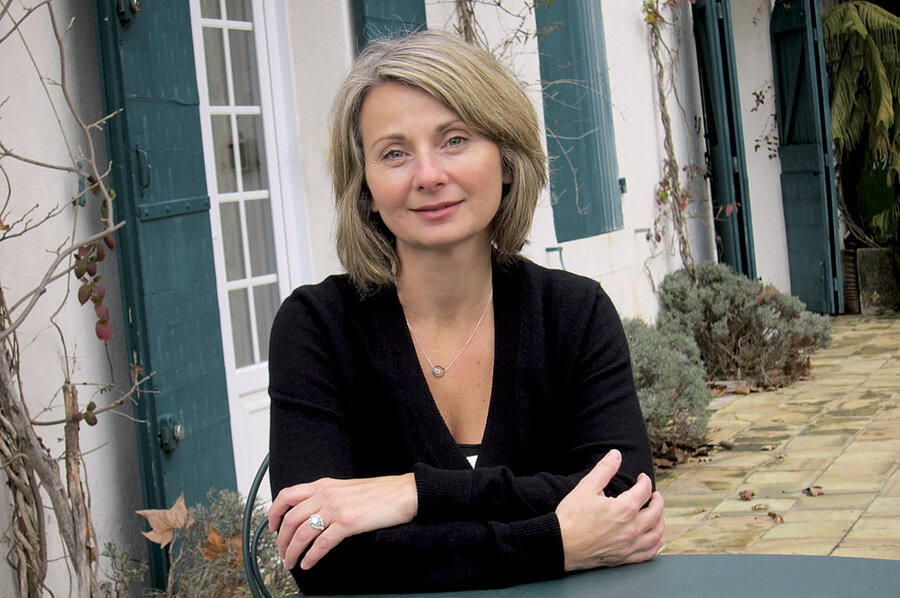How to self-publish an e-book
Like many new writers, Deborah Reed started by pitching her two novels to traditional publishers. After one particular rejection, she told her agent to stop bothering.
The publisher's representative said that she enjoyed Ms. Reed's thriller, "A Small Fortune," but already had a novel that fit the same genre.
"She didn't turn it down because it wasn't written well," says Reed, who wrote under the pen name Audrey Braun. "She read it in two days, even said she couldn't put it down. I found this so absurd that I self-published."
A decade ago, the story probably would have ended here. But "A Small Fortune" shot up Amazon's e-book bestseller list. Within a few months, Amazon offered her a three-book contract. Houghton Mifflin Harcourt bought the paperback rights. And Reed's two novels have together sold hundreds of thousands of copies.
Before the e-book revolution, self-publishing "used to be taboo, a nail in the coffin for writers," she says. "The question these days might be, why not self-publish?"
If you're thinking of going it alone, here are five tips from Reed on how to get started.
Investigate Kindle Direct. Amazon's e-book marketplace offers self-published authors a 70 percent royalty if they meet certain requirements, such as giving Amazon shoppers the best price. Authors can upload manuscripts, including updates and corrections, free of charge.
Smashwords.com offers 85 percent royalties, but a smaller community of readers.
Amazon does print, too. Reed self-published paperback copies through Amazon's CreateSpace. For $25, the on-demand book publisher will list a book on Ingram and Baker & Taylor, two of the national distribution catalogs from which bookstores order new copies.
Price your e-book carefully. "Books that are $2.99 and $4.99 have the best shot at selling really, really well," says Reed. "A thousand [sales] at $2.99 is a lot better than 10 at $14.99."
Even e-books are judged by their covers. Design or commission a cover that looks professional, even on a small screen.
Consider genre fiction. Crime, sci-fi, Christian fiction, and other genres drive e-book sales. Reed wrote "A Small Fortune" while waiting for her literary novel to take off. The success of her thriller drove up sales of her first book.
Self-publishing "was a last resort but also an experiment," says Reed. "Sure, this is shaking things up, but, from my perspective, authors and readers are coming out on top."
For more on how technology intersect daily life, follow Chris on Twitter @venturenaut.





